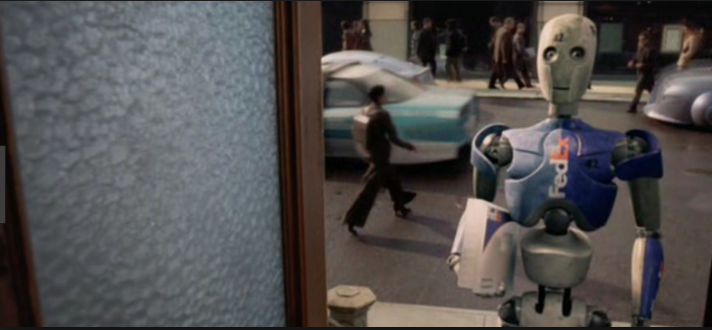
A few weeks ago I was reading a NY Times article about FedEx and its move to automate its business. Basically, it boiled down to FedEx introducing autonomous machines into its shipping and processing centers. In other words, they were trying to Be Like Bezos and I applaud them for that.
It’s little surprise that Amazon has led the way in drones and autonomous machines. Automation and machine learning are core to its business. The increasing ubiquity of eCommerce has also forced the need for more robots in shipping. (Hello, Amazon, again!) Basically, FedEx doesn’t have much choice if it wishes to stay competitive in the shipping and retail space; not only do they have to Be like Bezos when it comes to autonomous machines, they have to Be Better than Bezos or go home.
And it’s not just in shipping and retail.
In industries where there is historically low unemployment, autonomous machines are providing a critical solution to an ever-increasing problem. The fact is autonomous machines have already begun to replace manual processes currently performed by humans and/or machines operated by humans across multiple sectors and are increasingly integral to all enterprise functions from logistics and inventory to warehouse tracking and quality control.
In an interview with The Vindicator, Michael Chui, a partner at McKinsey Global Institute in San Francisco, said, “We need all of the robots we can get, plus all of the workers working, in order to have economic growth.” He also added, “As machines do some of the work that people used to do, the people have to migrate and transition to other forms of work, which means lots of retraining.”
The second part of his quote is interesting to me because it speaks to one of the basic fears around autonomous machines and why some would argue that, in this instance, it’s a bad idea to Be Like Bezos. The basic argument is that automation will lead to rapid job loss across multiple sectors. The counter argument, of course, is that while a robot may take a role, they won’t necessarily take a job. And for the jobs they do take they’ll likely create newer jobs at companies that service the growing field of robotics.
New technologies, including automation, have always displaced workers but that doesn’t mean it’s bad a thing. It’s called progress. At the turn of the 19th century four out of every five Americans worked on farms. Today, just 1 in 50 do. If this kind of job loss were permanent, the current level of unemployment would be staggering.
There is also a fear that robots lead to reduced wages. Yet, one recent study found that while robots contributed to the reduction of human hours in lower-skilled jobs they actually increased the total number of hours humans worked. The same study also found that autonomous machines actually enabled an increase in wages.
So not only are robots necessary for businesses like FedEx to best Amazon, most of the fear around robots and unemployment is completely overblown. Particularly when one considers that autonomous machines are actually a boon for entrepreneurs and new businesses. Companies like Area 17, an indoor autonomous robot navigation and productivity software company that builds tools that enable the ease of deployment of robots leveraging Visual SLAM (Simultaneous Localization and Mapping), is just one of countless startups that are flourishing in the rush to fill the gaps and needs brought on by an ever expanding robot economy.
Far from being job killers, autonomous machines are job creators!
When it comes to the rise of autonomous machines within our economy, resistance is futile. The smart money embraces the possibilities of autonomous machines, drones and robots all in an effort to be Better than Bezos. In this case that means love the robot.